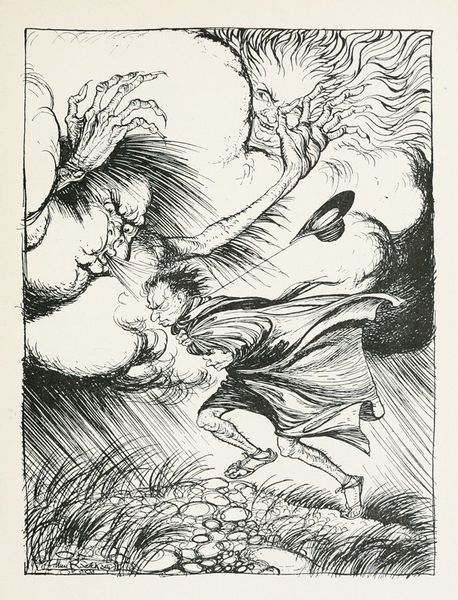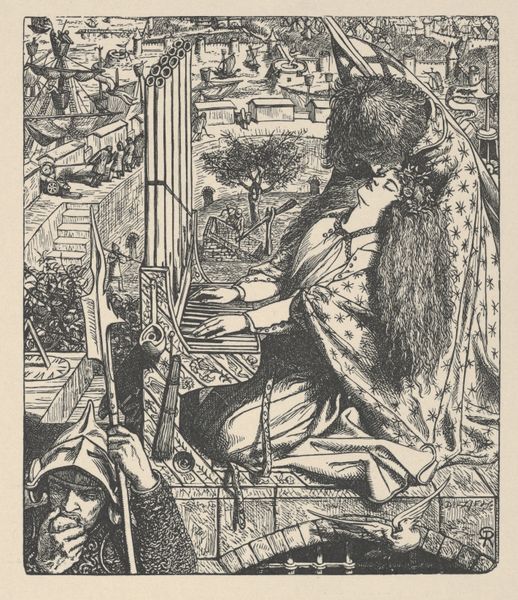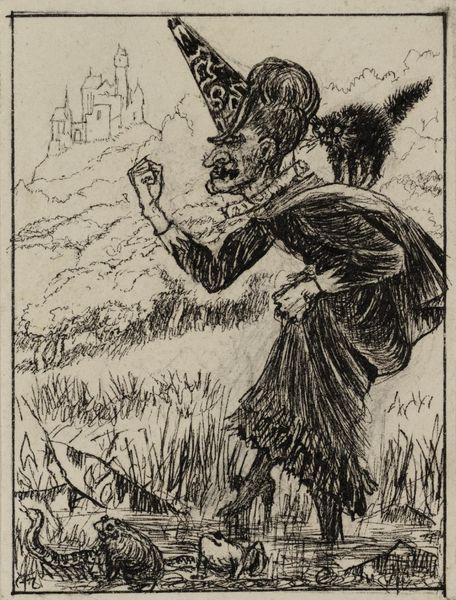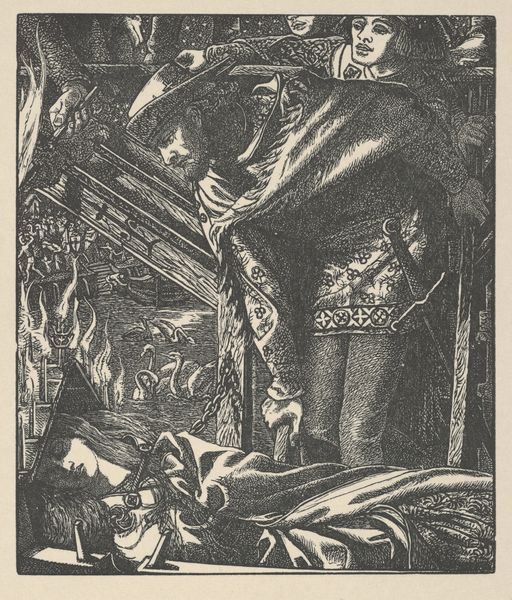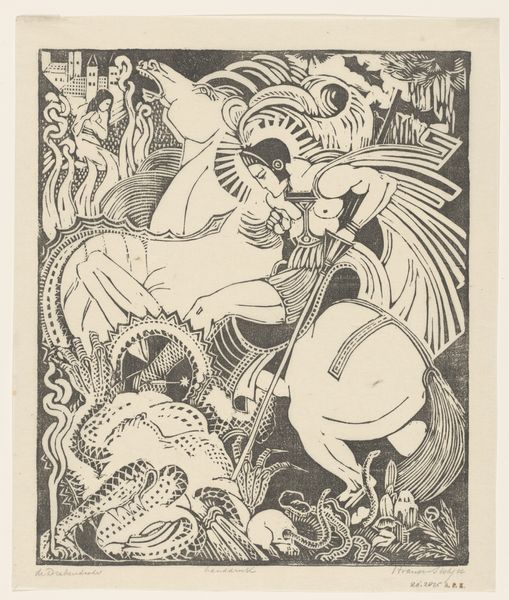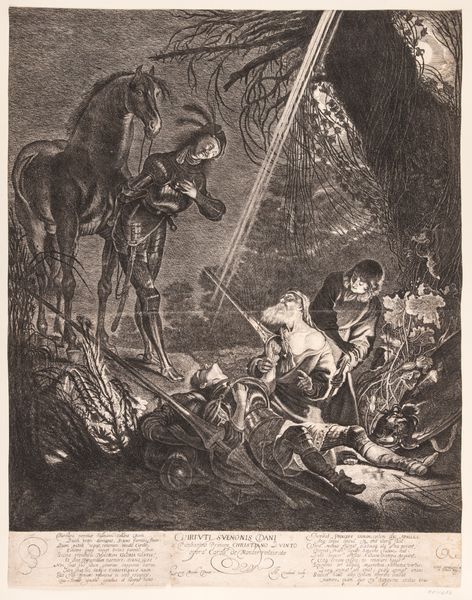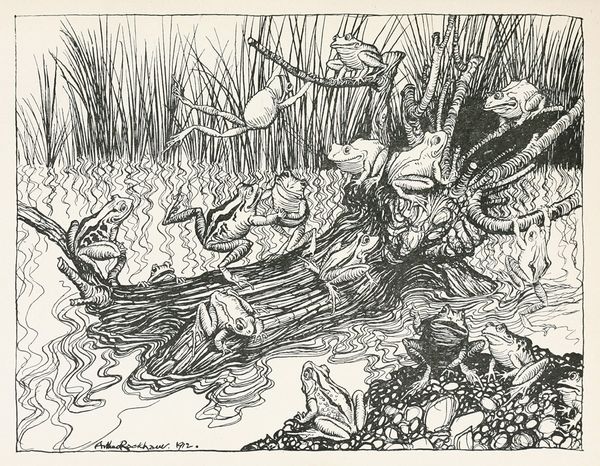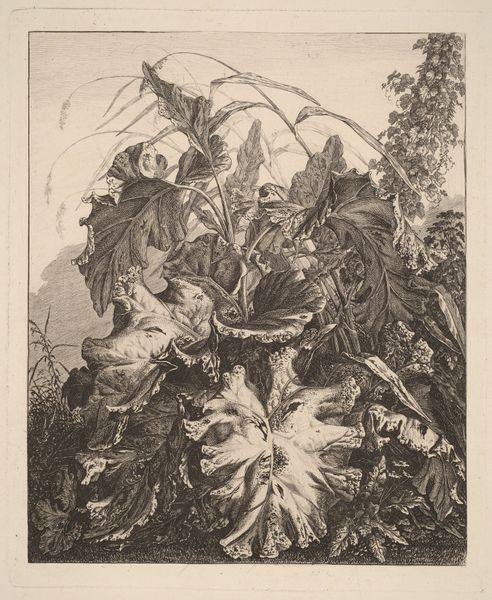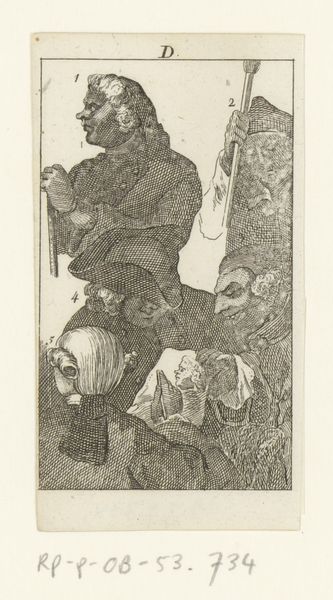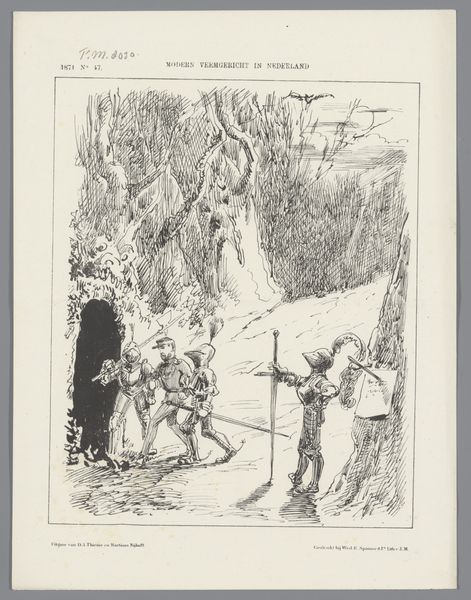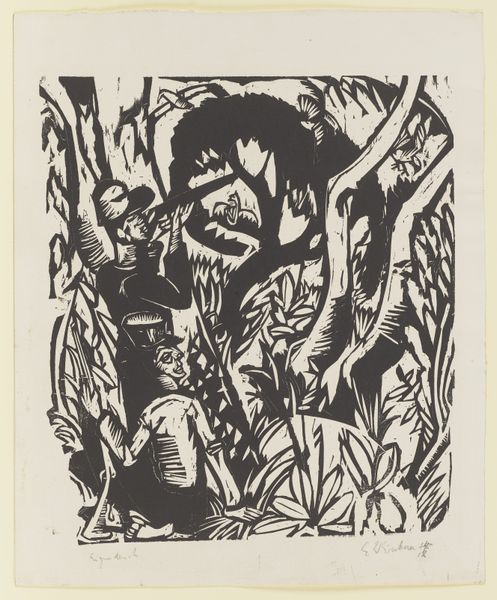
Saint Christopher Carrying the Infant Christ 1513
0:00
0:00
drawing, print, woodcut, engraving
#
drawing
#
narrative-art
#
pen drawing
# print
#
pen illustration
#
pen sketch
#
landscape
#
figuration
#
woodcut
#
line
#
northern-renaissance
#
engraving
#
christ
Dimensions: Sheet: 6 5/8 × 4 13/16 in. (16.8 × 12.2 cm)
Copyright: Public Domain
Editor: This is Albrecht Altdorfer’s "Saint Christopher Carrying the Infant Christ" from 1513, a woodcut. It’s amazing to me that such intricate details can be achieved using this medium! What strikes me most is the depiction of labor, of this man, Saint Christopher, bent under this weight and responsibility. How do you read this piece? Curator: Exactly! Think about the physicality of the woodcut process. The artist carves away at the block, enacting a kind of labor mirroring that of Saint Christopher. Consider the sheer number of cuts necessary to create that landscape and drapery. This print allows for reproduction and broader distribution of this imagery. So, it’s no longer just a singular devotional object, but a commodity available within a developing market. Does that shift how you view its devotional function? Editor: That’s a really interesting point. Knowing that these were more widely available than, say, a unique painting, does make me rethink it. Was it common to treat religious subjects this way at this time? Curator: Absolutely. The Reformation was brewing, and printed images played a significant role in disseminating religious ideas. Woodcuts were cheaper to produce than engravings, making them more accessible. Therefore, this image also reflects the economics of religious imagery at the time, highlighting a specific class’ access to certain beliefs. The material and its affordability are directly linked to its social impact. How might that affect the understanding of art during this period? Editor: So, the medium itself wasn't just a means of artistic expression, but also a key player in shaping the religious and social landscape. I hadn't considered the implications of its affordability and accessibility on the artwork's reception and distribution. Thanks! Curator: Exactly! The labor involved in creating the woodcut mirrors Saint Christopher’s own toil and reminds us that art and religious devotion existed firmly within a matrix of production and consumption.
Comments
No comments
Be the first to comment and join the conversation on the ultimate creative platform.
